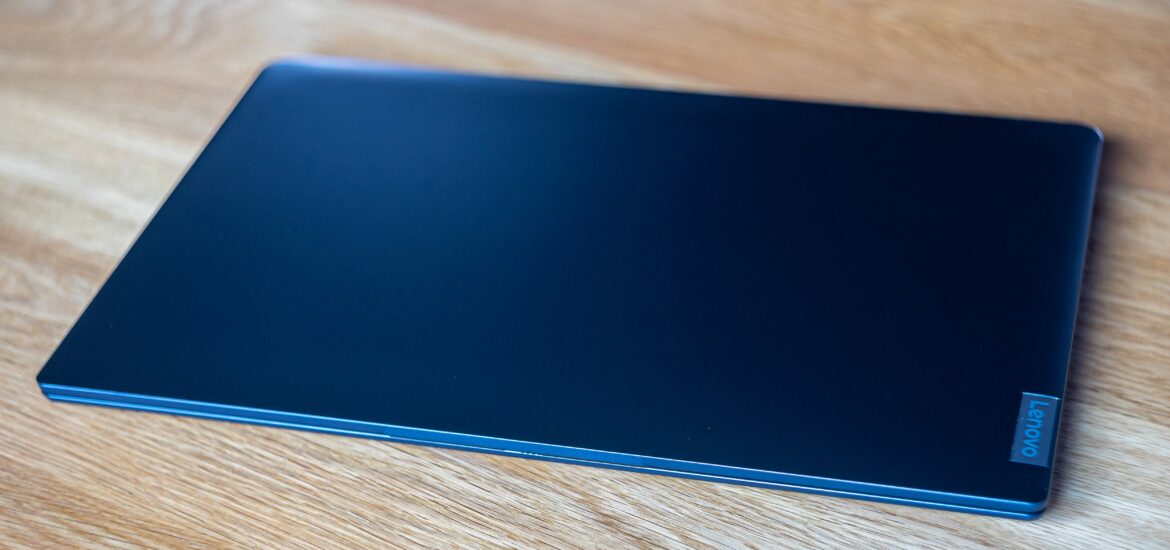During my final years in high school, I became captivated by the world of computers, succumbing to the allure of programmable devices. The late-afternoon bus rides back to the city, followed by brisk 20-minute walks to the local university, often led me to an unlocked door, where I would sneak in, try to appear a […]
python
Azure Serverless with a touch of TDD and CI/CD
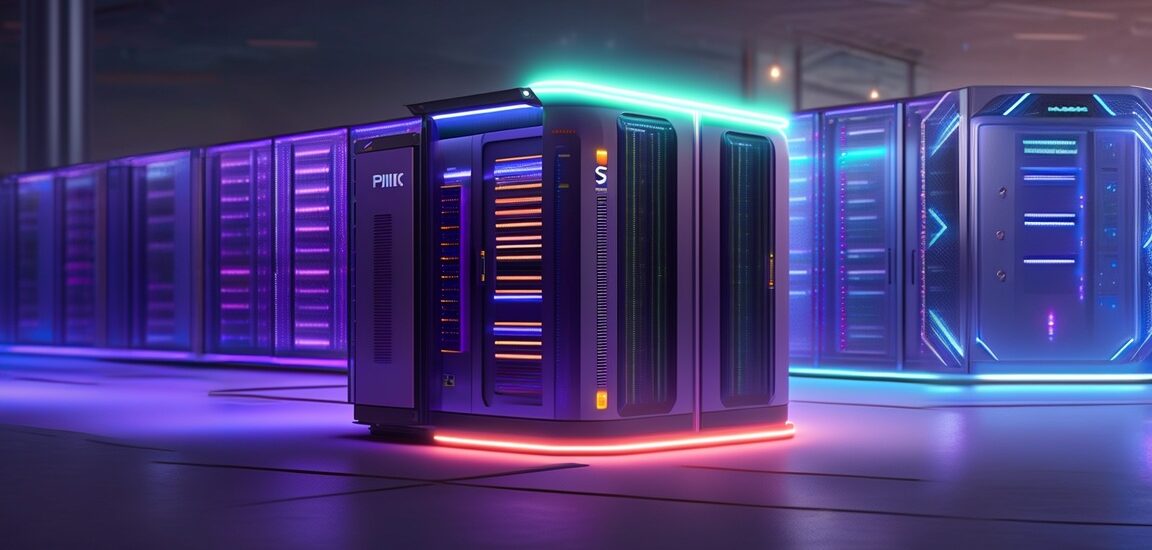
AWS has enjoyed a stable market share in the low 30 percent. Google and IBM seem to be on opposing trajectories, and Microsoft is steadily growing its market share, reaching 23% in early 2023. Popular Cloud computing providers include services like: Virtual Machines: VMs allow running multiple operating systems on one physical computer. The ability […]
AI-Tutor helping students to learn Python

[Cover art by Cyberpunk Portrait Generator API] You don’t need to be a pessimist to imagine a world where students let AI tools do their homework and teachers use AI tools to evaluate students’ submissions. Maybe there is still a chance for a better outcome. For educators, it’s easy to perceive AI tools as a […]
Programming pyBox
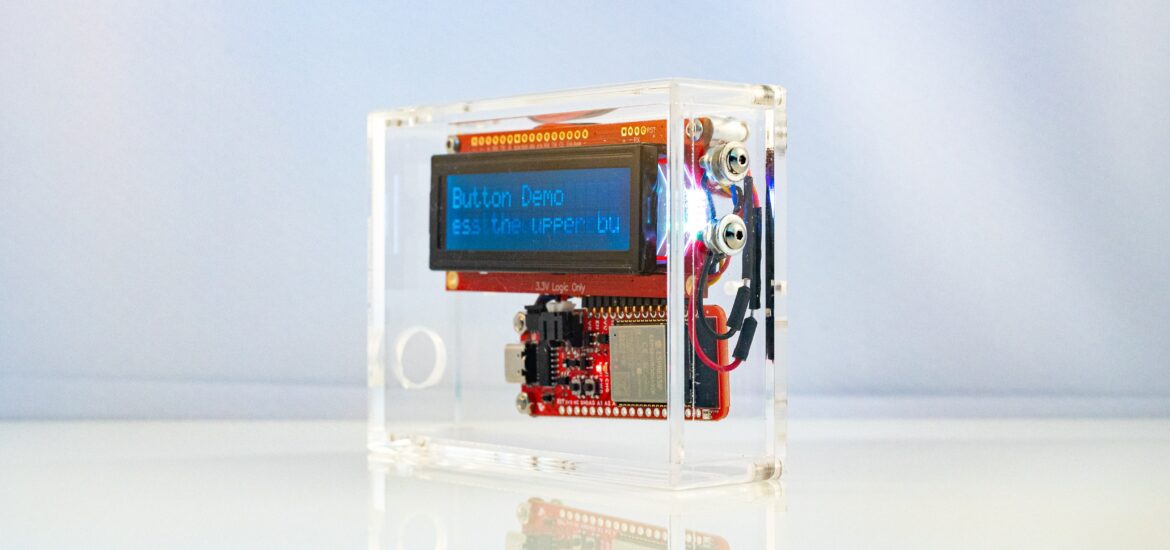
Probably the easiest way to develop software for pyBox and iterate reasonably fast, is using the PyCharm IDE with the MicroPython plugin enabled. Create a new project, enable MircoPython and create three files: boot.py, main.py, and app.py. Remember, during the boot process, once the filesystem is mounted, boot.py is executed. Don’t do too crazy things […]
Porting MicroPython to pyBox
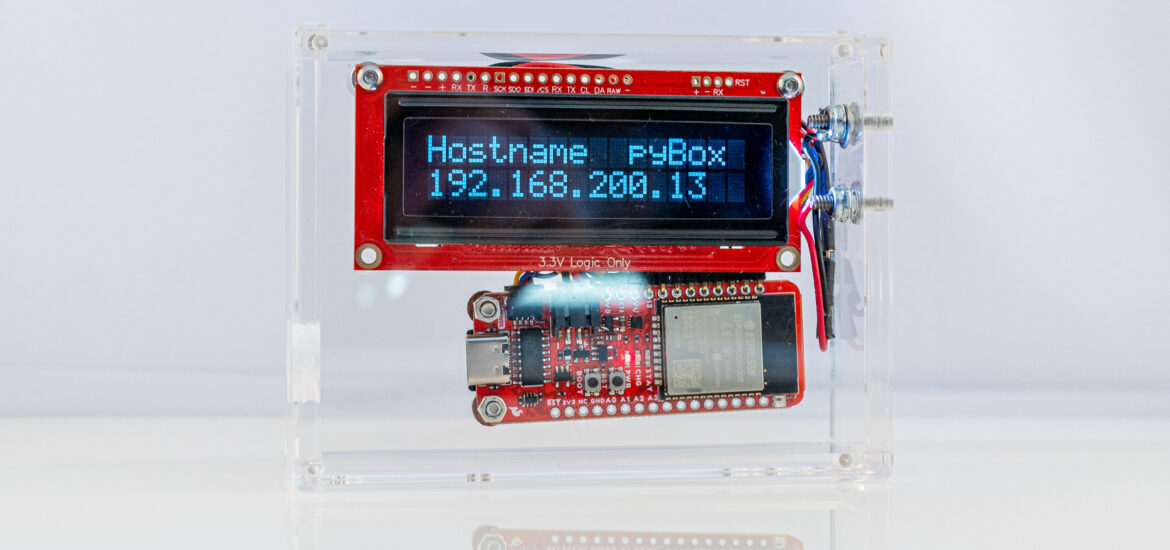
The standard ESP32 MicroPython port gets built for a generic ESP32 board. Compared to a generic board, pyBox has more to offer, most of which is not supported out of the box. Some of these additional features like the blue LED (GPIO 13), are easily accessible. Others, like the display need support libraries that would […]
pyBox Specification

Smallest viable MicroPython Computer? Dallas Semiconductor, acquired by Maxim Integrated in 2002, was a company that designed and manufactured analog, digital, and mixed-signal semiconductors. They had also designed the TINI board, a 68-pin SIMM, approximately 103 mm wide, 32mm tall, and 10 mm thick. Uniquely, the TINI board ran Java programs, well Java byte-code, almost natively. […]
Introducing pyBox

Could there be a computer that is as nimble as it is useful, and still be fun and distinctly easy to program? pyBox, a small single-board computer, connected to a frugal 16×2 character display may be just that. pyBox is remarkably small, just about the size of a deck of cards, and also entirely transparent, […]
Micro Python on ESP8266 (HUZZAH ESP8266)
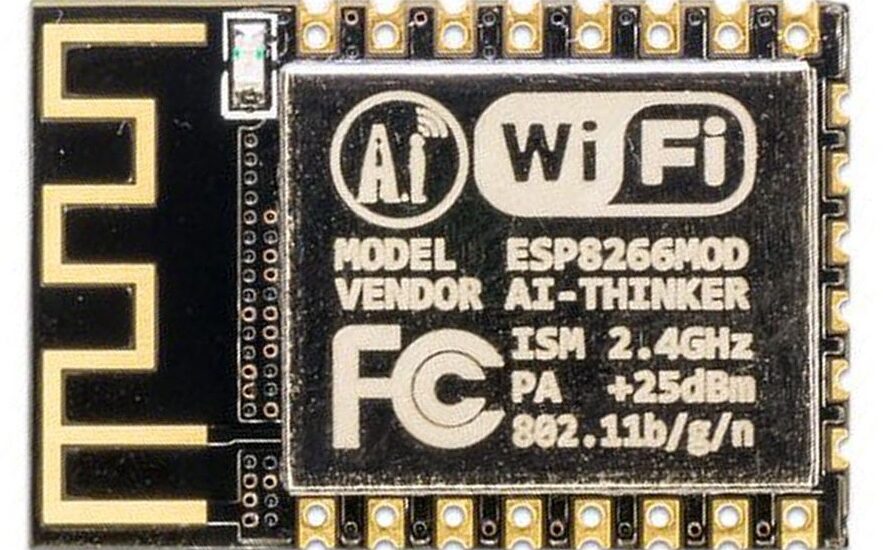
The ESP8266 is a low cost 80 MHz microcontroller with a full WiFi support. It can be found on several breakout boards, with Adafruit’s HUZZAH ESP8266 being one of the better ones. For about $10 you can own a small internet connected microcontroller that can be programmed in MicroPython. ESP8266 64 KB of instruction RAM […]
One Lambda to rule them all

Whenever I got a new laptop or was (re-)installing macOS from scratch, a Java JDK, IntelliJ IDEA, and Tomcat, the “pure Java” HTTP web server environment, were always among the 1st things I installed. How times have changed. Now it’s Docker, Python3, PyCharm, and AWS and SAM CLIs that go on first. I still do […]
Deploying Python AWS Lambda Functions
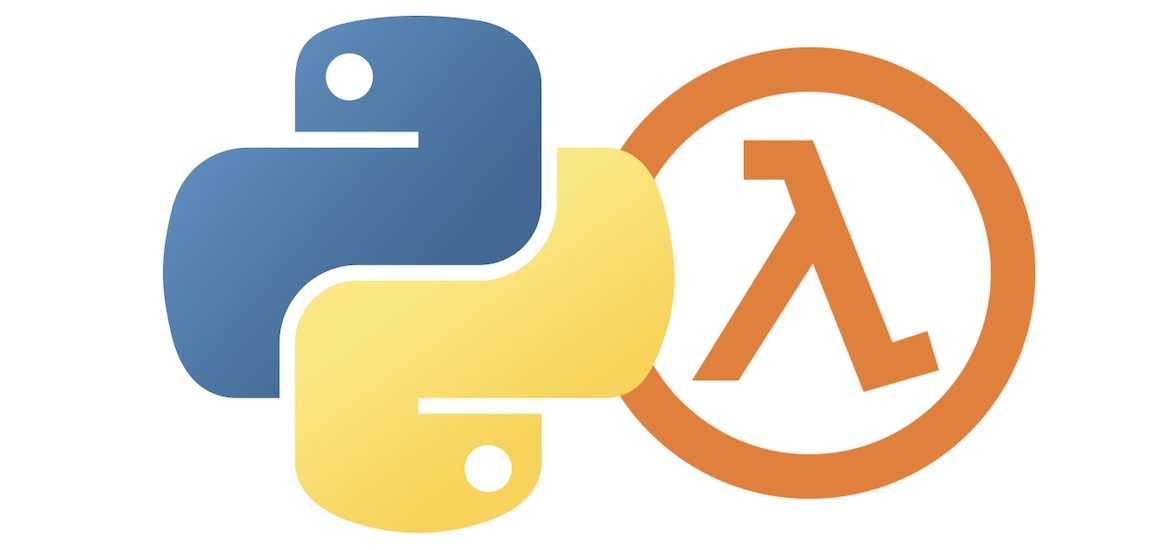
When it comes to deploying lambda function into AWS, I have been using mostly Java for the implementation language and runtime. However, using Python has some advantages, especially if the code does not require parallel threads. E.g., the deployment package is usually a lot smaller and waking the lambda function, after it hasn’t been used […]
Raspberry Pi Zero W w/ Python 3
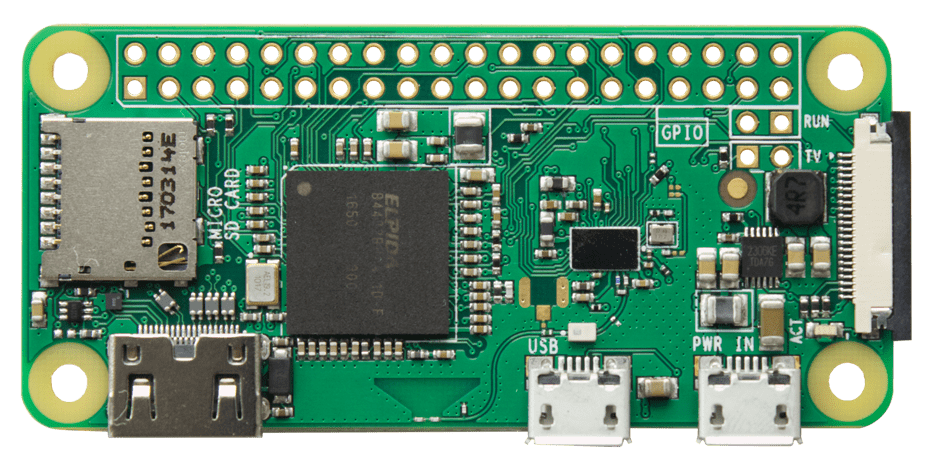
1GHz, single-core CPU 512MB RAM 802.11 b/g/n wireless LAN Bluetooth 4.1 Bluetooth Low Energy (BLE) Case The Raspberry Pi Zero W V1.1 by far not the most powerful, but my favorite Raspberry Pi board, because it’s so very most and still capable enough. After putting the tiny board, weighing only 9.3g / 0.3oz into a nice […]
Micro Python on ESP32 (HUZZAH32)
Adafruit’s HUZZAH32 Feather board is built with the official WROOM32 module: Two CPU cores that can be individually controlled, and the CPU clock frequency is adjustable from 80 MHz to 240 MHz 448 kB of ROM for booting and core functions. 520 kB of on-chip SRAM for data and instructions. 8 kB of SRAM in RTC, […]
Start/Stop Script for Python Programs
For the last two years or so, I often find myself in the situation, where I need to quickly prototype a Web-service that is accessed by mobile applications. If successful, the service will eventually be hosted in Amazon’s AWS Elastic Compute Cloud, most likely in Red Hat Enterprise Linux 6 (EHEL 6) instance. Besides a […]
